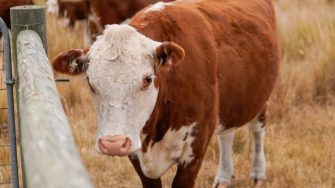
Project details
Australia’s semi-arid grazing lands have become severely degraded after more than 200 years of overgrazing by domestic herbivores. Overgrazing reduces plant and animal richness, alters soil, water and nutrient flows, and affects key ecosystem processes, resulting in landscape degradation. Landscape degradation is also associated with shrub encroachment, a global phenomenon characterised by an increase in the density of native woody plants (A to B).
Coalescing of single shrubs into patches (A to B) increases site-level heterogeneity. Increasing density (beyond B) may reduce the positive effects of shrubs through reduced resource movement and greater competition, reducing overall site-level heterogeneity. Grazing is thought to 1) move the maximum plot-level effect (C) to a point corresponding to greater shrub densities (D), because the co-occurrence of grazing and abiotic stress can maximize facilitation by shrubs, and 2) reduce biodiversity and soil function under the highest shrub densities (E).
Research by David Eldridge and Santiago Soliveres (Rey Juan Carlos University, Spain) seeks to reconcile two divergent views about shrublands and ecosystem processes by comparing the effects of grazing at patch (individual plant) and site (landscape) scales.
For more information contact David Eldridge (d.eldridge@unsw.edu.au) aridecologylab.com.au
